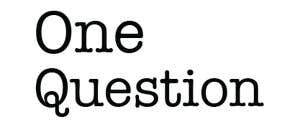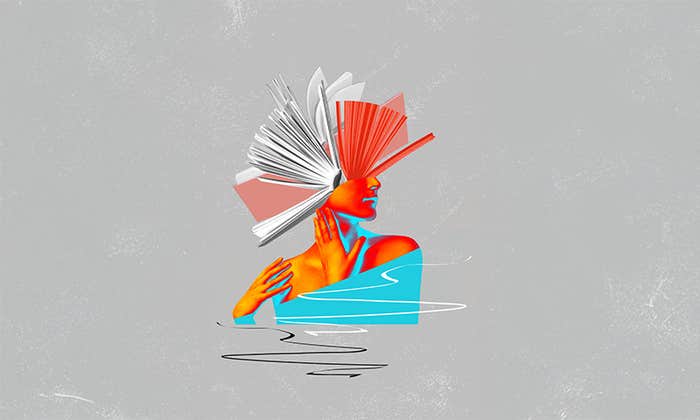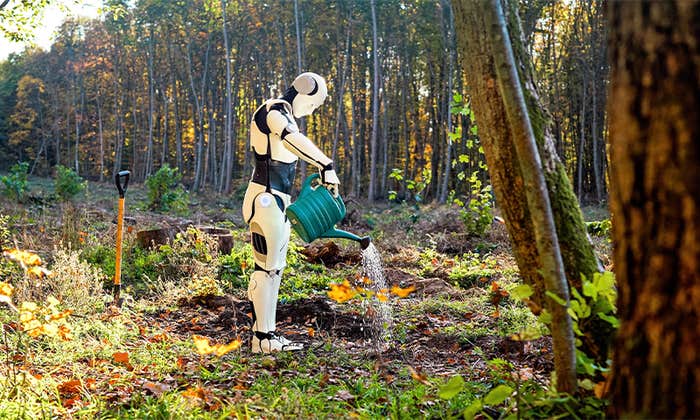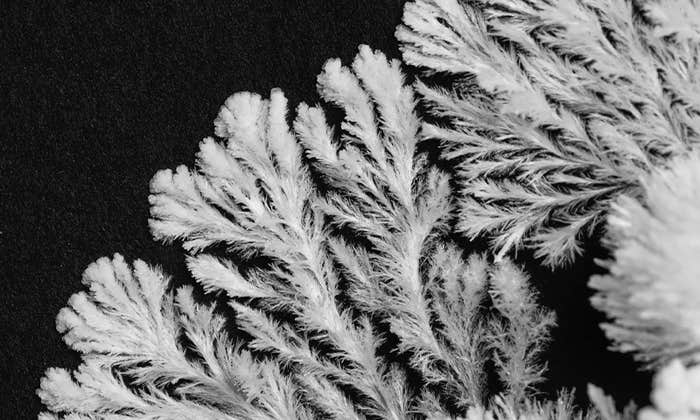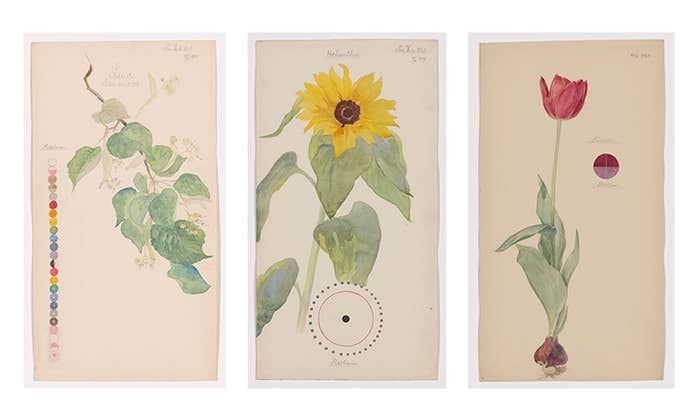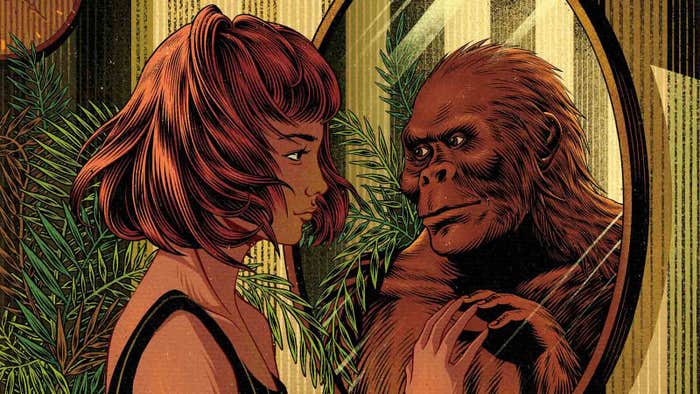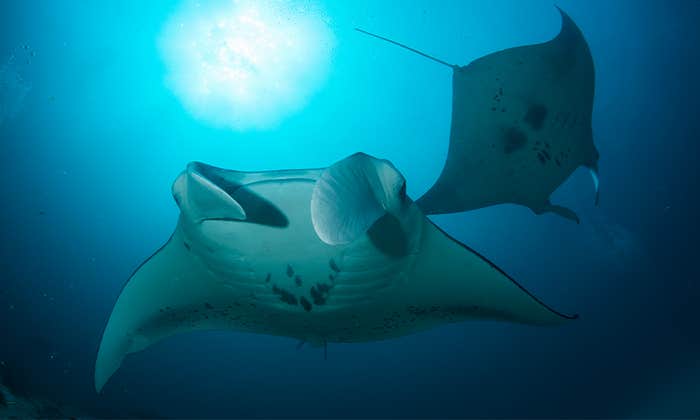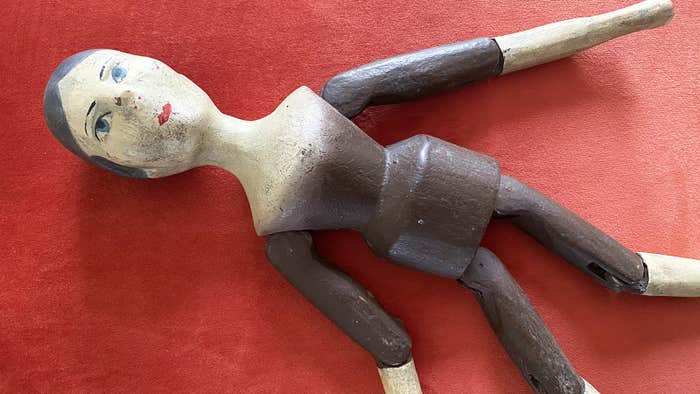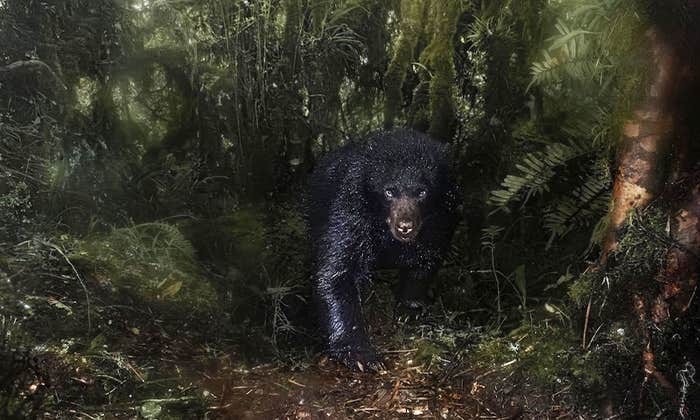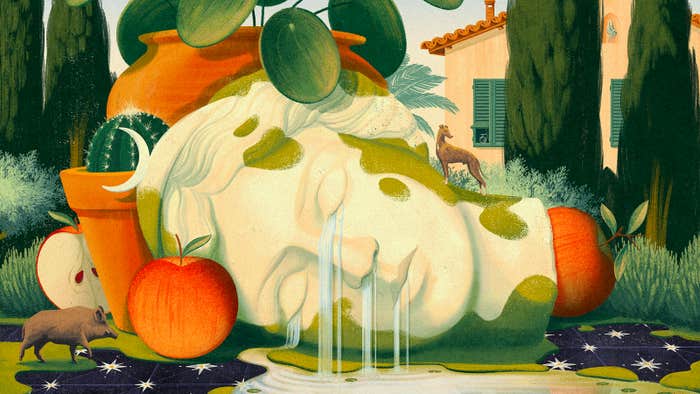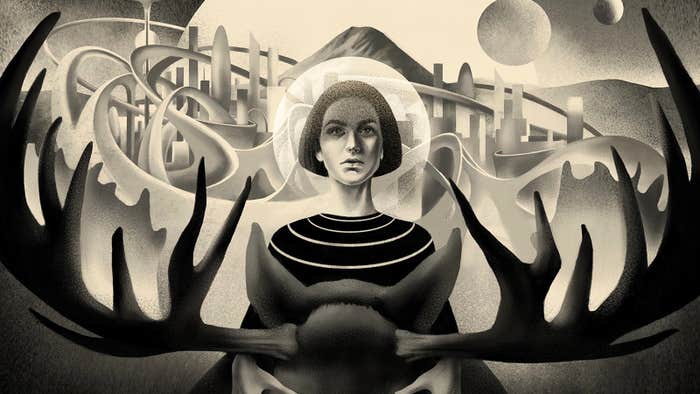Arts
275 articles-
The Nautilus Summer Reading List
10 of our favorite recent books -
Lefties Aren’t as Creative as We Thought
In fact, righties may have the edge, contrary to popular belief -
“There Were Periods When I Felt He Ruined My Life”
Amanda Gefter talks about the exhausting and thrilling decade she spent writing about lost genius Peter Putnam -
What We Misunderstand About Robots
Sci-fi master Adrian Tchaikovsky on evolution, other minds, and the politics of science -
Making Art Out of Heartbeats
Allan Kaprow’s Time Pieces invites participants to feel time through shared awareness -
The Visual Language of Crystals
Chemistry becomes art in Thomas Blanchard’s timelapse video -
Hilma af Klint Celebrates the Supernatural in Nature
The Swedish artist’s eccentric botanic illustrations, on view publicly for the first time, weave mysticism with painstaking accuracy -
Poetry Gives Us Power
How Marianne Moore’s poem The Fish helps us see the world more clearly -
Thar Be Monsters
The art of unseen creatures and the dawn of science -
A Sci-fi Artist Who Draws From Real Life
A conversation with artist Yiran Jia.
-

This Plaintive Song Is From a Land Without Lullabies
A rare tribe lacks music for dancing or soothing their young ones
-
Finding Strange Beauty in Food
A photographer and science teacher tells a new climate story about agriculture -
The Magical Realism of Myriam Wares
A conversation with Nautilus cover artist Myriam Wares. -
Introducing the Nautilus Winter Reading List
Ten books we loved to start your new year off right. -
Finding Beauty in the Struggle Between Light and Darkness
A conversation with artist Deena So’Oteh. -
Reviving Mayan Blue
A Mexican artist rediscovers a lost color sacred to his ancestors.






